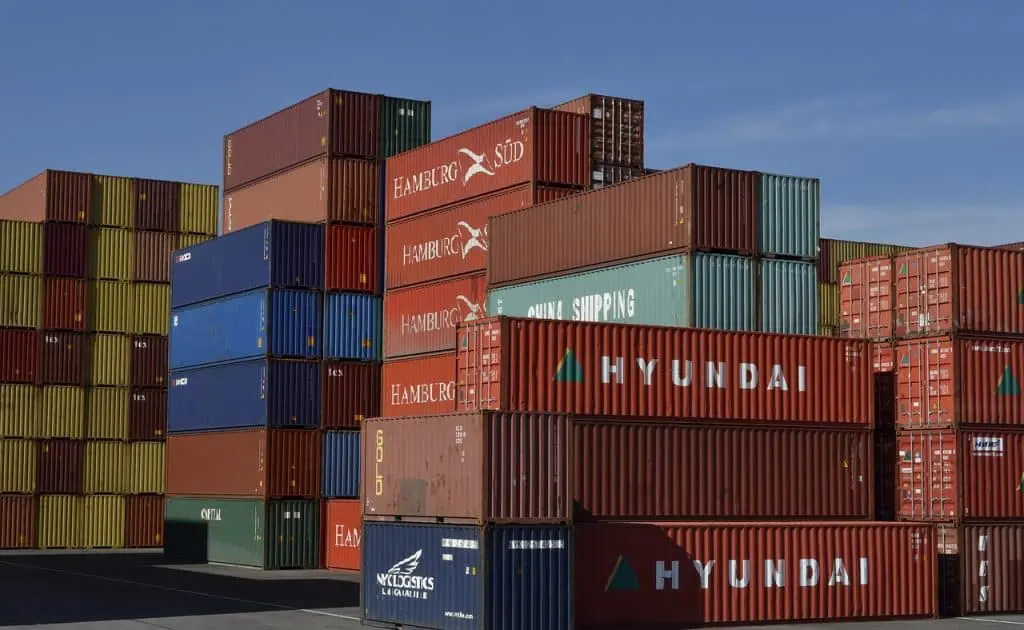As we move into a New Year, you’re inevitably thinking about the challenges your business is likely to face in the next twelve months. You have a plan in place for the major strategic issues you expect to see, but have you faced up to the fulfillment challenges that 2016 will bring?
To build a firm foundation for the year ahead, here are four important order fulfillment challenges worth considering in January.

4 Order Fulfillment Challenges for 2016
Every business sector is unique, but there are always elements of the supply chain that have a knock-on effect to many other industries.
How strong those headwinds are can make a big difference, as you try to get your goods from one part of the world to another and into the waiting arms of your customers.
These are the four main challenges we expect to impact our industry this year:
- Putting the Customer in Control
- Risk Assessment and Alleviation
- Distorted Inventory Levels
- Shifting Seasonality
Let’s break those down to see what individual challenges each could throw up for your fulfillment plans.
Customers Are in Control
The customer always comes first, as we know, but the expectations and influence they exert as we enter 2016 is unprecedented. Online shopping has made product research and price comparison a sinch, while mobile technology means customers are even empowered with such knowledge when they shop in-store.
Having the right products in stock, when and where the customer wants them, has never been more important. If you don’t have it – or can’t get it quickly – the chances are a competitor does, and that information is just a few screen taps away.

The same goes for the fulfillment options you offer. Some customers want to order online and pick up in-store, others want to see what you have and then get it delivered, promptly, to their home.
Some customers want to order online and pick up in-store. Others want to see what you have and then get it delivered, promptly, to their home. Throw in set-up services, third-party pick-up locations, managing returns and other post-sale services that impact purchase decisions, and you have to work harder than ever to win a customer’s loyalty.
It’s a big challenge, certainly, but one where superior order fulfillment can give you a significant competitive advantage.
Assessing Supply Chain Risk
There is always an element of risk in today’s global supply chain, where events in other country’s and unfamiliar territories can quickly take an unexpected turn. With the added dimensions of cyber security and rapidly developing international markets, however, managing that risk is more complex than ever. For example, fluctuations in China’s economic outlook reverberated far beyond its traditional manufacturing importance in 2015, while the list of cyber attacks on high-profile brands and retailers in recent years is remarkably long.
With the added dimensions of cyber security and rapidly developing international markets, however, managing that risk is more complex than ever. For example, fluctuations in China’s economic outlook reverberated far beyond its traditional manufacturing importance in 2015, while the list of cyber attacks on high-profile brands and retailers in recent years is remarkably long.

The upshot for supply chain managers is that a wide variety of logistics risks will need to be weighed up and their risk level assessed this year.
If that digital security review has been nagging on your mind, now is the time to undertake it. If your sourcing is narrowly focused on a few key manufacturers in volatile areas, it might be time to broaden your base of suppliers.
The concept applies to distribution in your destination markets as well, as last year’s West Coast port delays demonstrate. Having bicoastal fulfillment options and trusted delivery alternatives on hand, in case of bad weather and other unexpected delays, is just one way to offset some of the inevitable risks that exist in our industry.
Distorted Inventory Levels
Ever since the months-long West Coast port labor issues were resolved early last year, concerns have been voiced about unnaturally high inventory levels in the US supply chain. Combined with lackluster sales figures during some parts of 2015, the effect on ordering has been pronounced.
Despite a record holiday season – particularly for ecommerce retailers – that caused delivery problems for major parcel carriers with its sheer volume, peak season imports were far less pronounced in 2015 than expected. With delayed stock intake and economic uncertainty, the inventory-to-sales ratio remains a concern for many analysts as we enter 2016.
Adjusting inventory levels and driving increased sales to aid this will be a common fulfillment challenge in the coming months.

Shifting Seasonality
After coming through another busy season, it’s clear that retailers still rely heavily on the holidays to boost sales. When that happens is constantly shifting, however, thanks to earlier seasonal sales offers and the ability of ecommerce to deliver other ad hoc sales events throughout the year.
As Amazon demonstrated with Prime Day in July, there’s plenty of demand during the rest of the year to expect some of that traditional seasonality to flow into other months. Add in the difficulty of managing all those deliveries in December and it’s possible that customers will also help to drive earlier ordering, in a bid to get those gifts in hand before the usual rush.
However it plays out in terms of order dates and shipping deadlines, it will be crucial to monitor seasonality trends and understand how consumer expectations are changing in our industry.
Predictive ordering software and data analysis will help in this area, but it’s also wise to have experienced fulfillment professionals on hand to help you react to any unforeseen order spikes!
If you have questions about the fulfillment challenges you face this year, we’re ready and waiting to answer them.
Contact us today to let us know how we can help.
